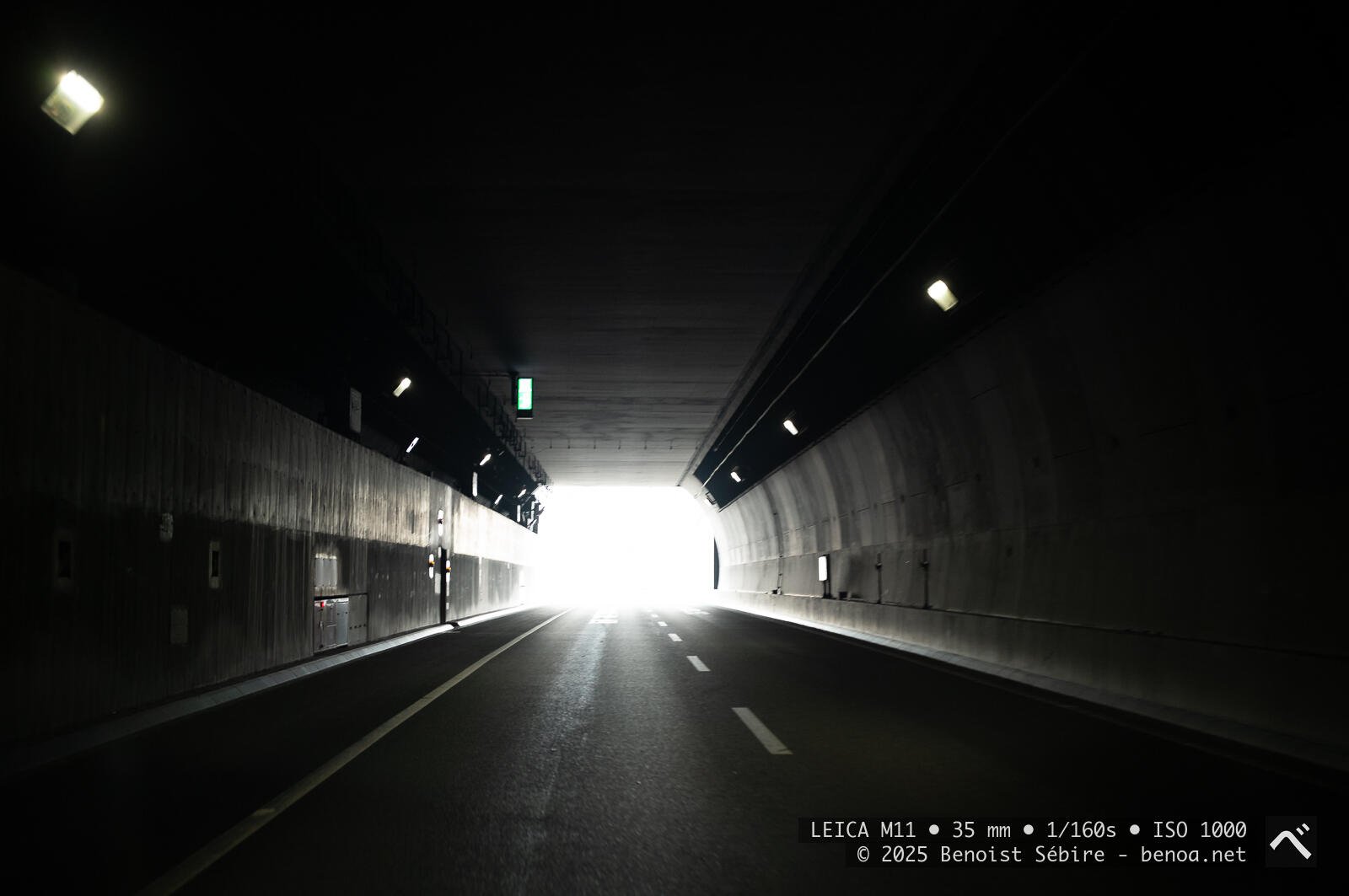Yamate Tunnel
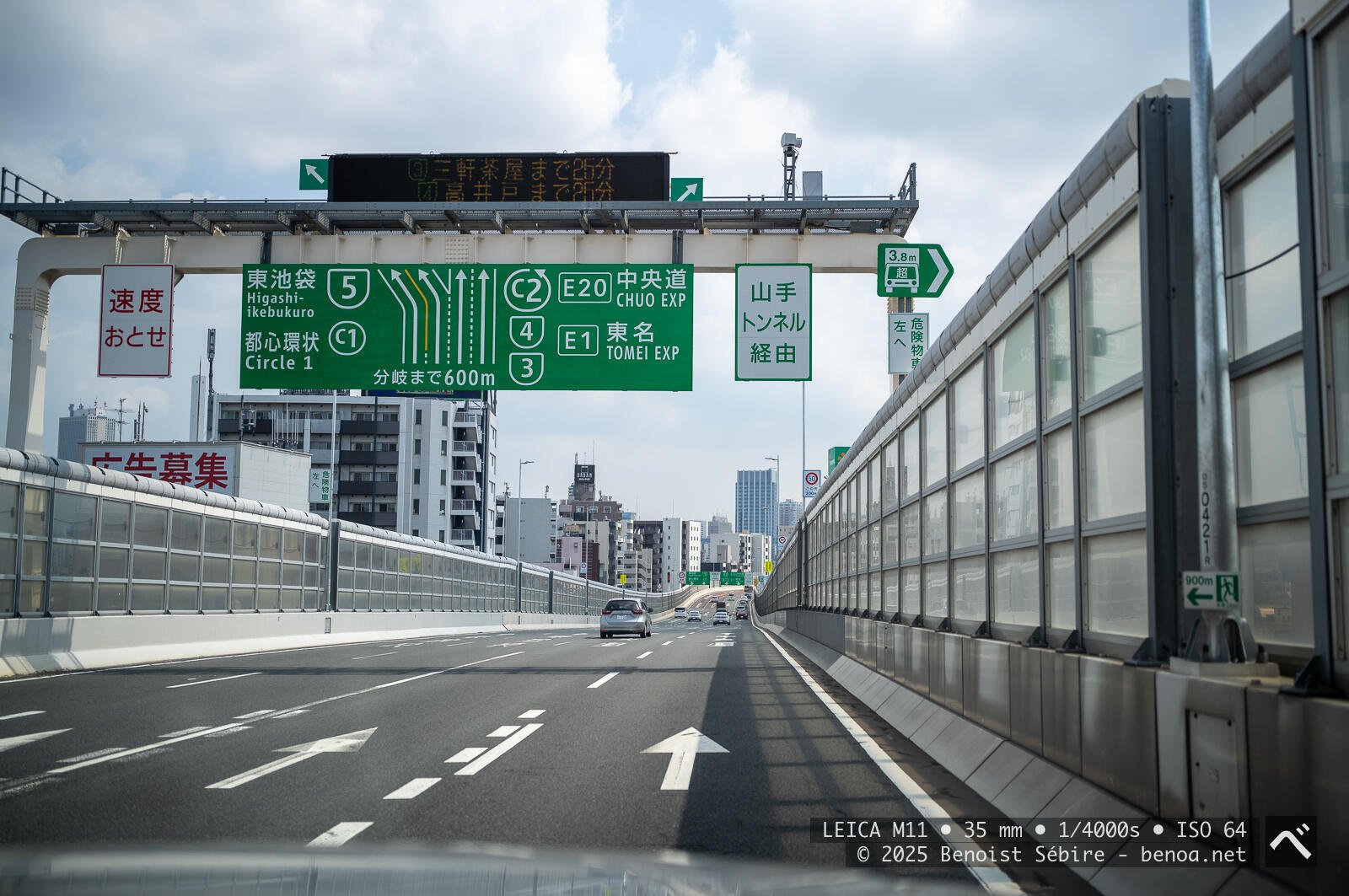
The Yamate Tunnel stretches 18.2 kilometers beneath Tokyo, making it the longest road tunnel in Japan and one of the longest urban highway tunnels in the world. It forms a critical part of the Shuto Expressway’s Central Circular Route (C2), looping around central Tokyo to divert long-distance and freight traffic away from the already congested surface roads. Its construction was a monumental challenge, threading a multi-lane expressway through a dense urban underground, beneath subways, water mains, and building foundations.
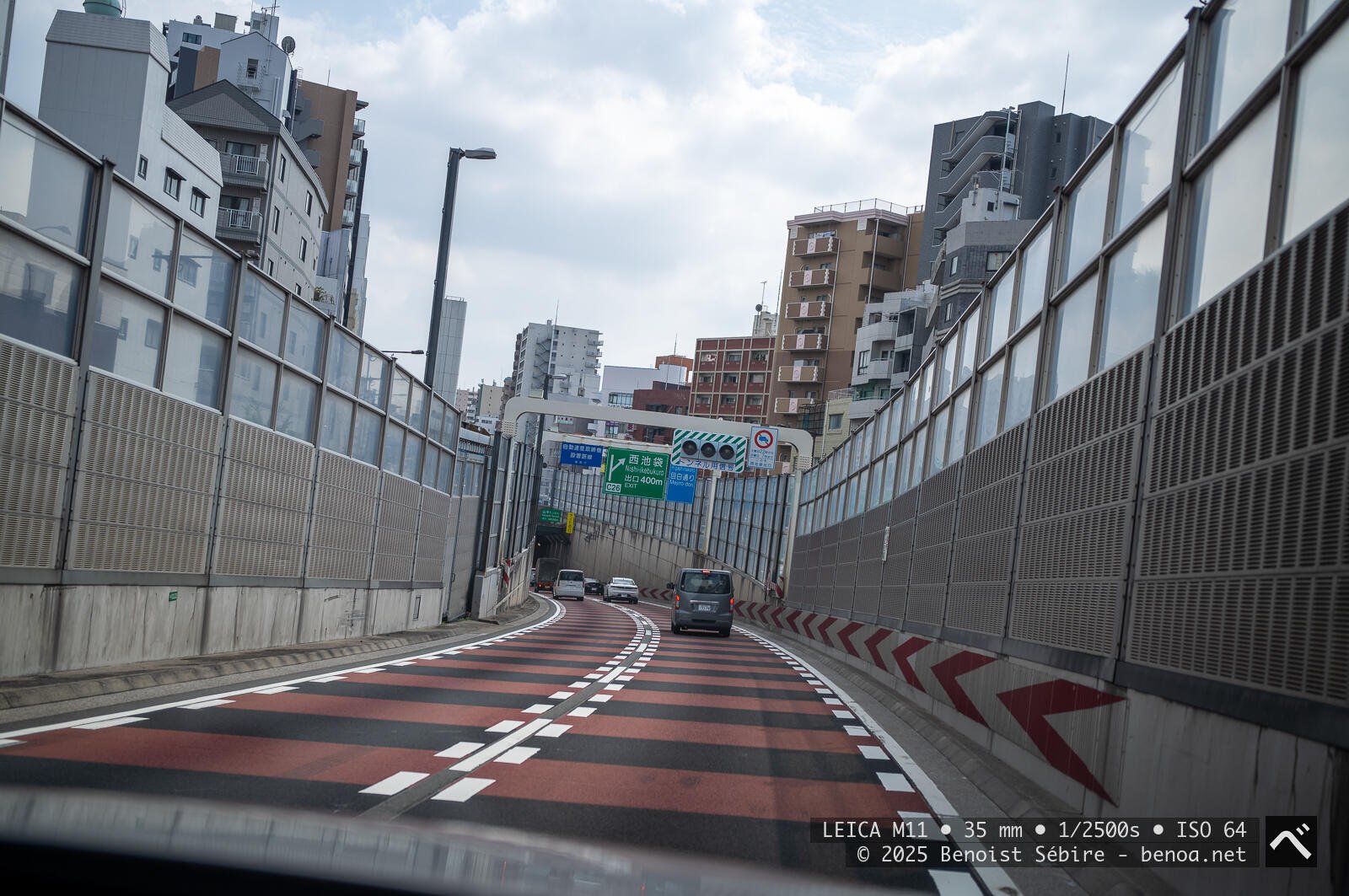
Building the tunnel involved advanced tunnel boring machines (TBMs) capable of slicing through Tokyo’s soft, earthquake-prone soil with remarkable precision. At its deepest, the tunnel runs about 30 meters below ground, weaving beneath bustling neighborhoods, shopping districts, and train lines without disturbing life above. The engineers had to design it with extensive seismic reinforcement to withstand Tokyo’s frequent earthquakes, ensuring both durability and safety.
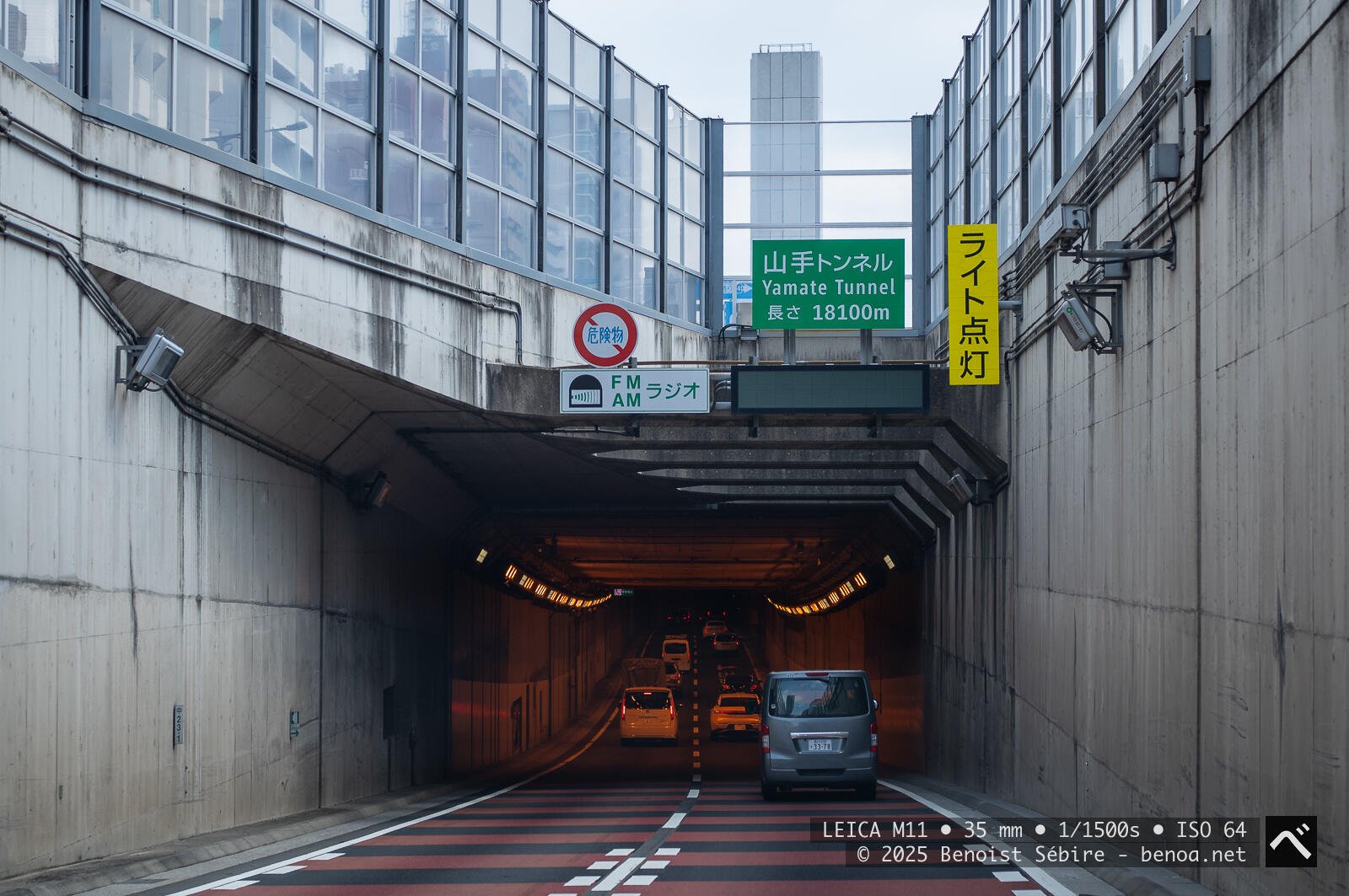
The total cost of the Yamate Tunnel project exceeded ¥1.6 trillion, or roughly $15 billion USD, making it one of Japan’s most expensive infrastructure projects. Construction began in the late 1990s and unfolded in phases over nearly two decades. The first sections opened in 2007, with full completion finally achieved in March 2015. Delays were inevitable given the complexity—navigating underground utilities, land rights issues, and unexpected geological hurdles all slowed progress.
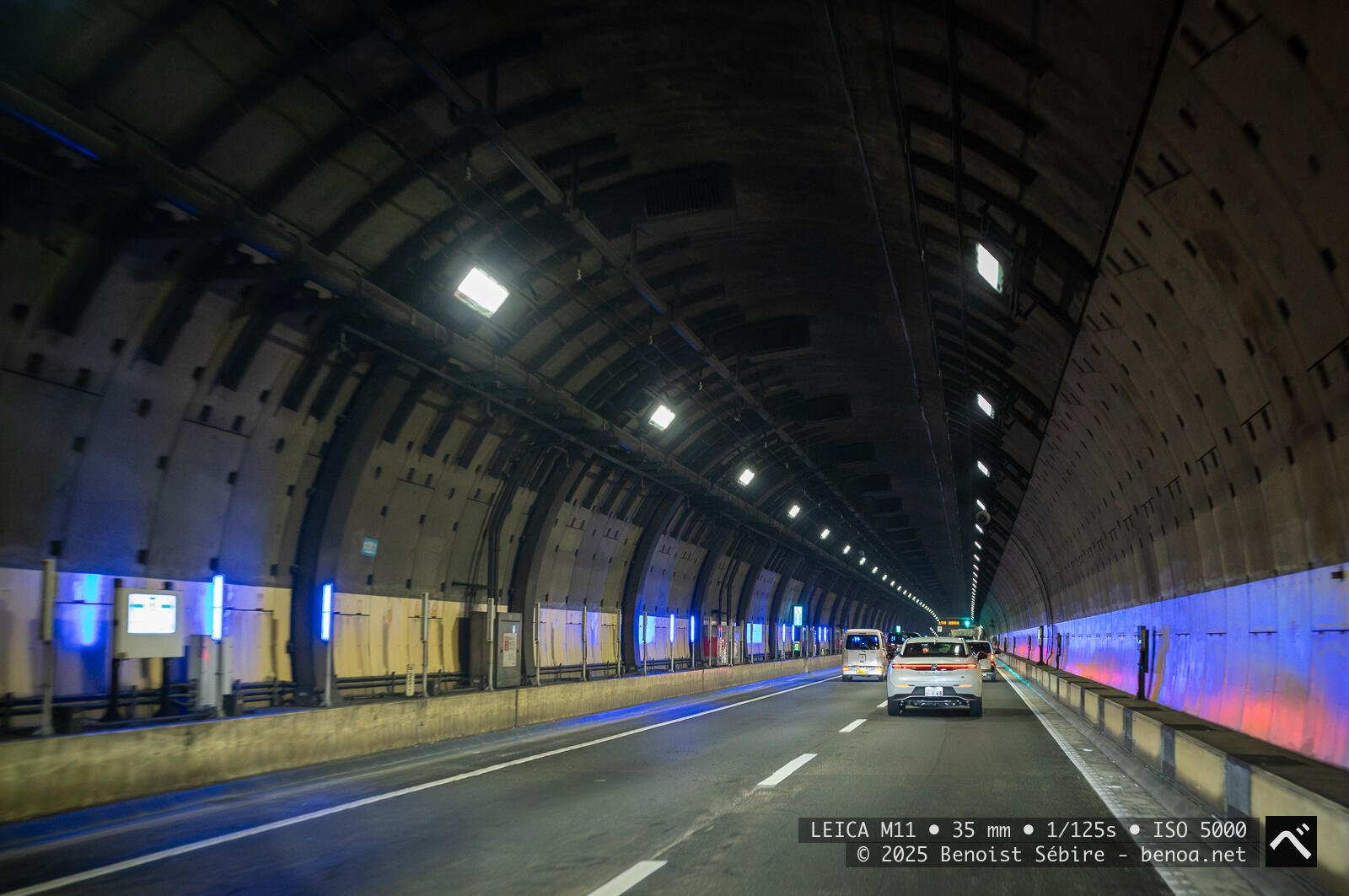
Despite its vast scale, traffic inside the Yamate Tunnel remains a mixed bag. While it has significantly eased surface congestion and improved travel times for through-traffic and logistics, the tunnel itself isn’t immune to gridlock. During peak hours, holidays like Golden Week, or traffic incidents, vehicles can crawl along at a snail’s pace, trapped deep beneath the city with nothing but tunnel walls, fluorescent lights, and the distant hum of ventilation fans for company.
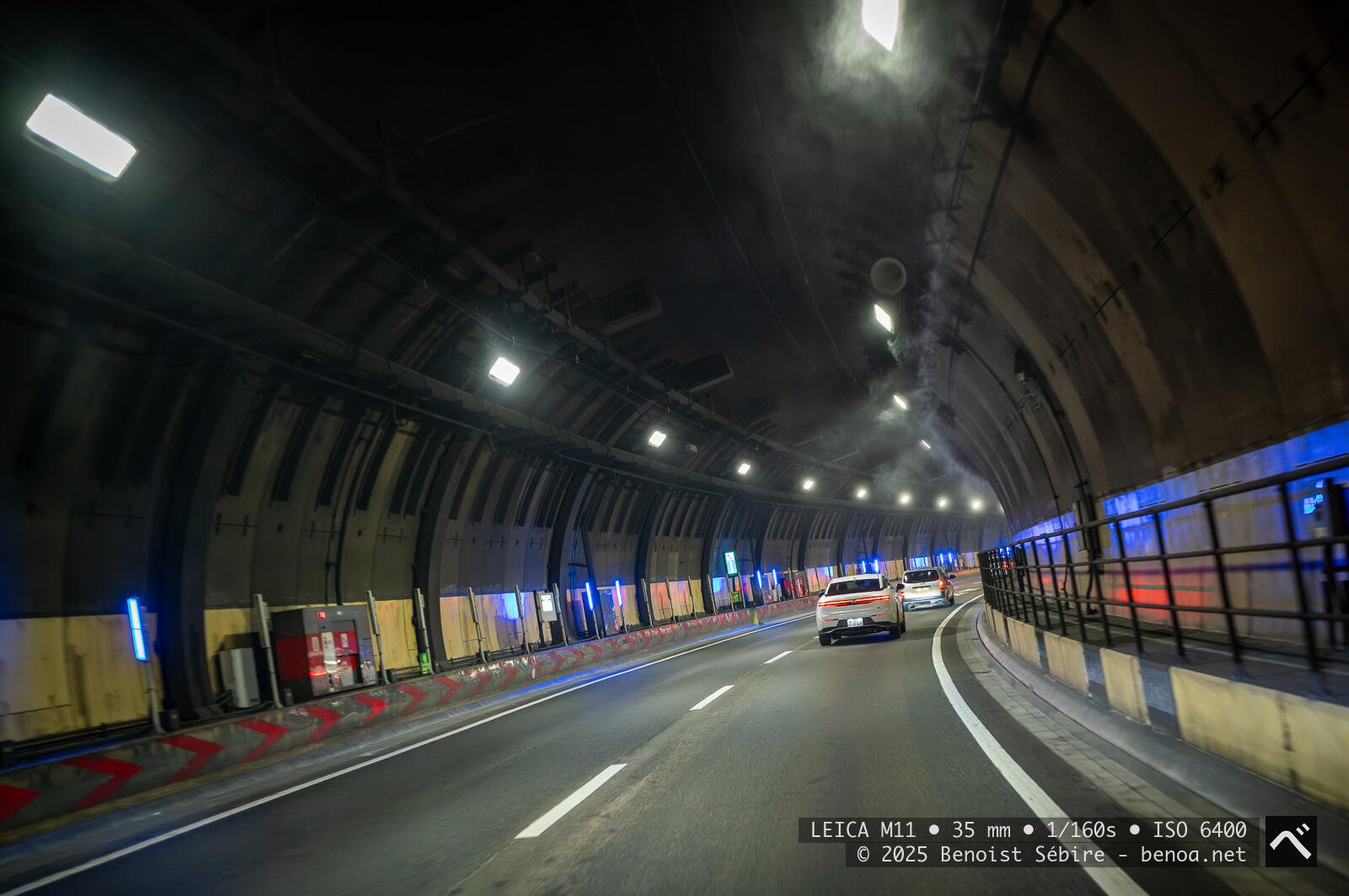
To prevent the tunnel from turning into an underground oven, particularly during Tokyo’s humid summers, a sprinkler-based cooling system runs along its length. These sprinklers spray fine mist to lower the ambient temperature, protect electrical systems from overheating, and maintain air quality. Without it, the combination of engine heat, exhaust fumes, and stagnant air would make summer traffic jams inside the tunnel a test of endurance.
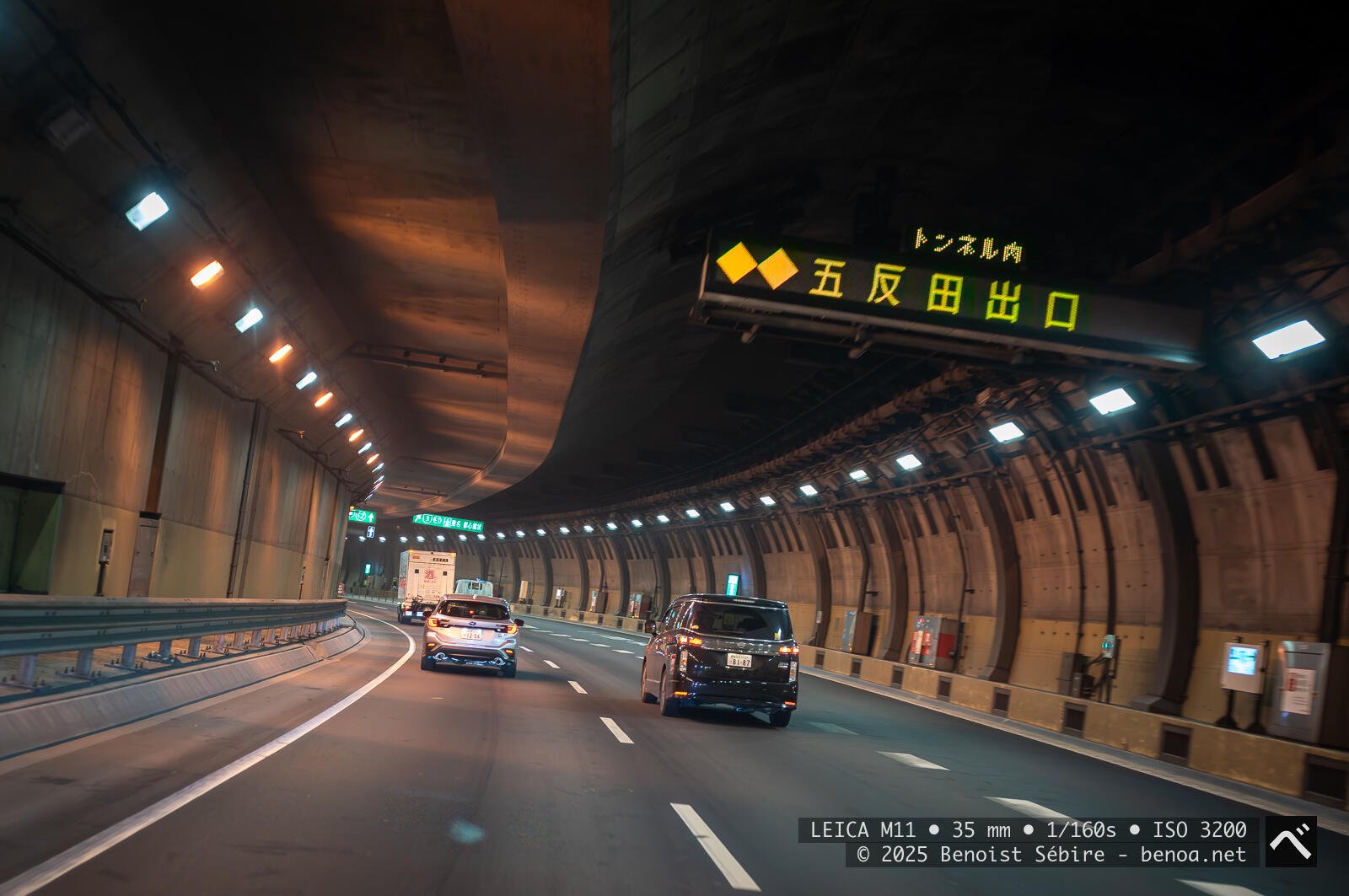
Sitting in standstill traffic beneath layers of concrete, skyscrapers, and city life can trigger a peculiar sense of unease. You’re isolated from sunlight, open air, and escape routes, buried beneath one of the world’s busiest cities, with only the hum of cars and the occasional sprinkler spray to remind you that, at least for now, the system is holding.
